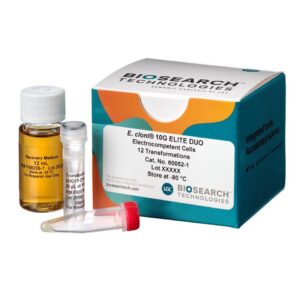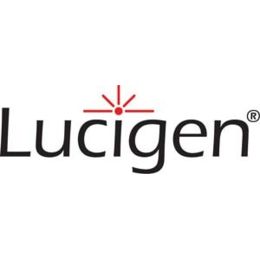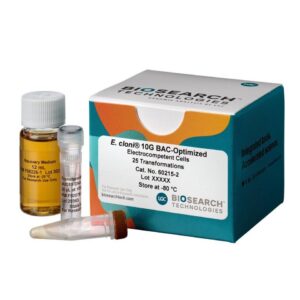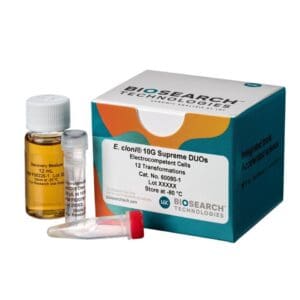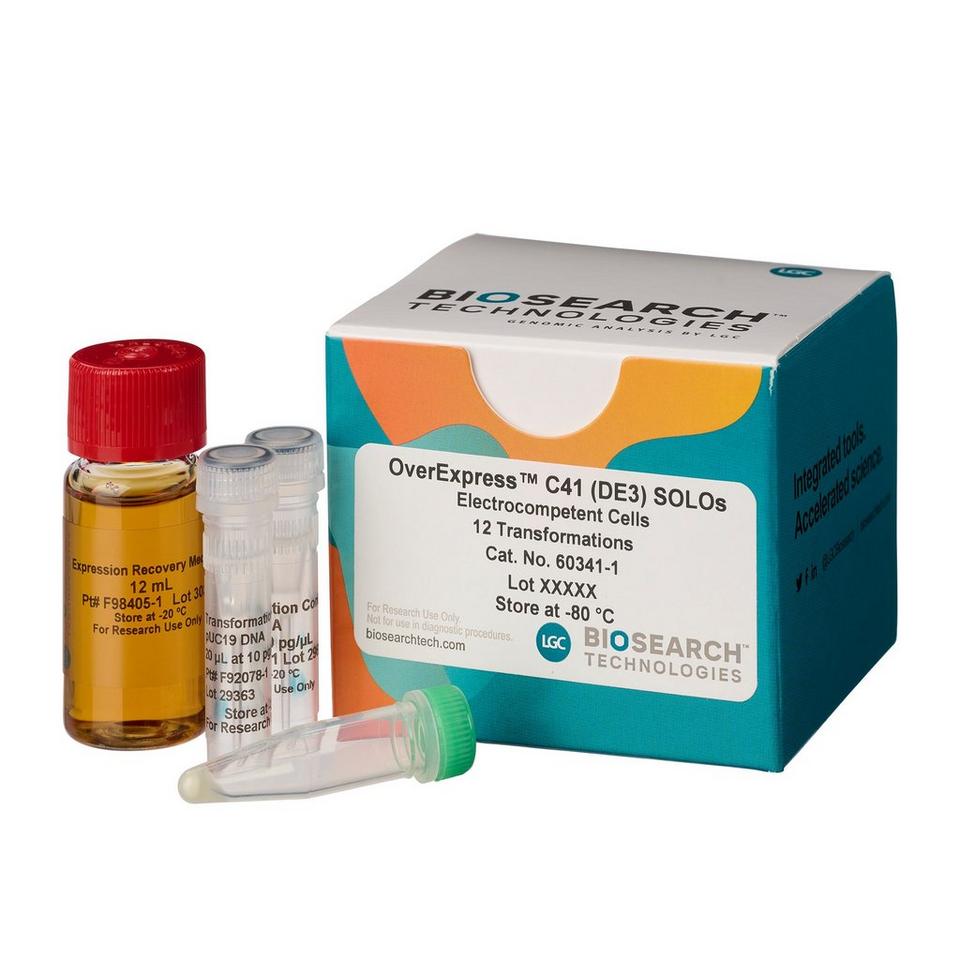
Express difficult or toxic proteins using standard E. coli T7 expression vectors using these unique strains. Also available in chemically competent format.
Key features
- Express genes cloned into any T7 vector with these BL21(DE3) derivatives
- Effective in expressing toxic membrane proteins
- Cited in over 350 research articles
- Recommended for membrane proteins with T7 vector
Bulk savings available!
5+ units
| Name | SKU | Size | Availability | Vendor | Price | Order | |
OverExpress C43(DE3) Electrocompetent Cells, 12 Reactions (SOLOs) |
60345-1 | 12 Rxns | Generally 1-2 weeks from receipt of order | LGC Biosearch Technologies - Lucigen (Epicentre) | Log in for pricing |
Features
Product information
E. coli BL21(DE3) strains, like E. cloni™ EXPRESS Competent Cells provide reliable expression of many genes cloned into T7 expression vectors (e.g.., pET or pSMART™-cDNA vectors). However, in some cases expression is minimal or not detectable because the recombinant protein, when expressed, is deleterious or lethal to these standard BL21 strains. Examples of such toxic proteins include many membrane proteins, some cytoplasmic proteins, and nucleases. Unfortunately, successful expression of one or more toxic proteins is often important to the experimental goal.
OverExpress Electrocompetent and Chemically Competent Cells are E. coli strains that are effective in expressing toxic proteins from all classes of organisms, including eubacteria, yeasts, plants, viruses, and mammals. The effectiveness of these new strains in expressing toxic proteins has been validated in more than 350 publications.
The OverExpress strains contain genetic mutations phenotypically selected for conferring tolerance to toxic proteins. The strain C41(DE3) was derived from BL21(DE3). This strain has at least one mutation, which prevents cell death associated with expression of many recombinant toxic proteins. The strain C43(DE3) was derived from C41(DE3) by selecting for resistance to a different toxic protein and can express a different set of toxic proteins to C41(DE3). Figure. 1 graphically illustrates the advantages of the OverExpress Competent Cells, compared to standard BL21(DE3) cells, in expressing toxic proteins.
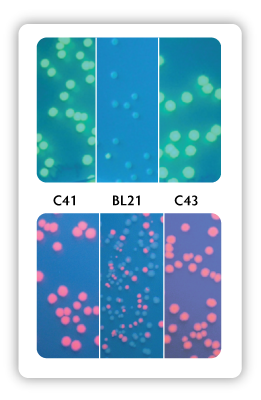
Figure 1. Green Fluorescent Protein (top) or Red Fluorescent Protein (bottom) expressed from a T7 promoter construct that was transformed into C41, BL21, or C43 competent cells spread on IPTG plates to induce protein expression.
Table. 1 and Figure. 2 summarise transformation effectiveness, tolerance of expression-induced toxicity, and protein expression for T7 expression plasmids coding for a variety of recombinant proteins. These results demonstrate that the OverExpress C41(DE3) and C43(DE3) strains are clearly superior to the parental BL21(DE3) in transformation and expression of toxic proteins.
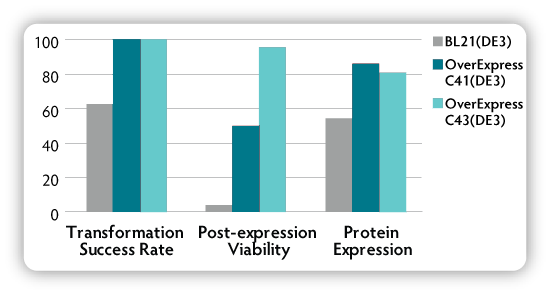
Table 1. Comparison of OverExpress C41(DE3) and C43(DE3) cells with the parental strain BL21(DE3) in transformation and expression of heterologous proteins.**
Resources
SDS
Manuals and User Guides
Product information sheets

